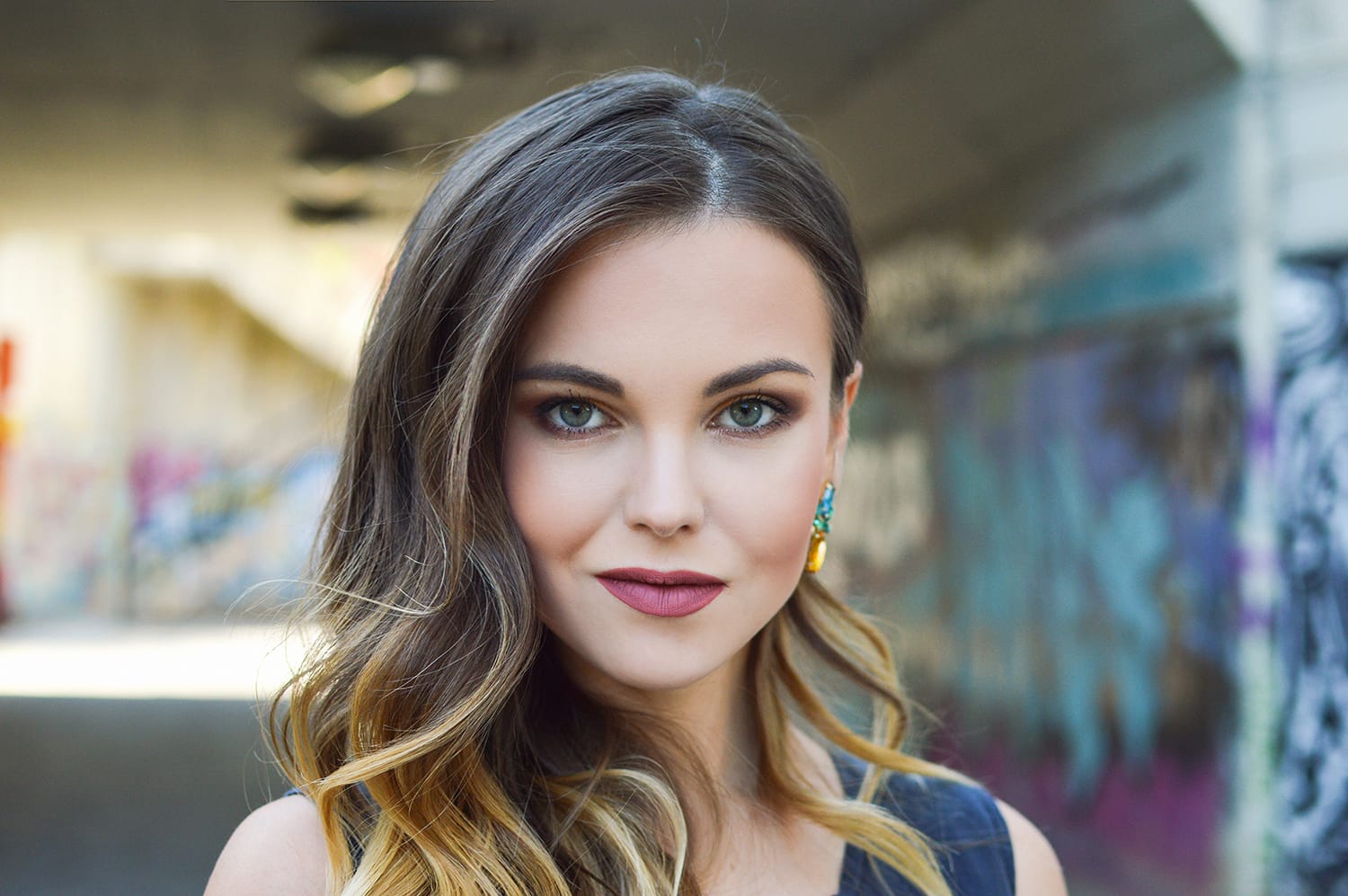5 Portrait Photography Tips for Beginners
Portrait photography is an art. It’s how a photographer can use imagery, or even a single shot, to deliver a powerful story. While the techniques to capture a good shot can be learned, capturing the expressions, emotions, and human elements requires a lot of practice.
If you’ve just started to delve into this wonderful way of storytelling, there are a few essential things that you should know about portrait photography. If you want something a bit more advanced, you can check out these detailed portrait photography tips.
But in this article, let’s start from the basic and most important things. Here are 5 things you should do to ace portrait photography.
1. Master the light

Just like everything in photography, always try to use natural light whenever possible. Soft light is best for portraits, so don’t put your subject in direct sunlight to avoid the harsh contrast between the bright and shadow area. If necessary, soften the light by using a reflector to bounce it off toward the subject.
If you’re shooting indoors, place your subject next to a window to get the subtle natural light, and position them to angle towards it. This works really well to get the soft light for flattering portraits.
Only use flash when it’s absolutely necessary. When using flash, it’s best to use a diffuser or a softbox to avoid casting harsh shadows on the subject.
2. Keep the focus on the eyes

When people say ‘eyes are the window to the soul’, they’re not wrong. In portrait photography, eyes are the most important features of the subject, thanks to their ability to show emotions. Eyes are incredibly expressive, and it’s the key to capturing the human connection with your subject.
Keep the eyes in a sharp focus for your portraits. Blurry eyes can really break your shots, even if everything else is in focus. If you’re capturing the subject at an angle, focus on the eye that is closest to the camera.
When doing a close-up shot where the face fills most of the frame, focus on the iris. It’s easy to miss the focus in close-up portraits, and anything less than sharp is clearly noticeable here. Focusing on the iris will help you avoid the problems of blurry eyes, which can potentially ruin your images
3. Frame your subject

Good composition goes a long way. In portrait photography, framing your subject can help emphasize the focus on them, highlighting their unique features. More than that, how you frame them and what you include in the frame can add be the ‘props’ for your story.
Because of this, location plays an important role for your portrait photography. Whenever possible, do your research to find locations that can add characteristics to your images. Choose a location that’s meaningful to your subject, a place that can enhance your storytelling through images. When you’ve picked the location, look for spots that have distinctive, unique features such as archways, geometrical shapes, or unusual architecture to make extraordinary portraits.
If you’d like to learn more about choosing locations for your session, check out these tips to pick good spots for portrait photography.
4. Play with the distance

The distance between you and the subject plays an important role in portrait photography. If you want intimate shots that focus on the emotion and personality of the subject, go for a closer view. When you want to use the surroundings to enhance your story, use a wide view to capture the environment with all its atmosphere.
When you include more of the surroundings in the frame, be careful not to take the focus away from the subject. Use a large aperture to create a smaller depth of field that will allow you to keep the focus on the subject, while still including the surroundings.
5. Capture the human elements to tell a story

Anyone can take good portraits, but not many can tell a story with a single shot. The key to delivering a story with a portrait is capturing the human elements, and this can be seen through the activity they’re doing, or the emotions and personality they carry.
Famous portrait photographer Steve McCurry stresses the importance of seeking and capturing the human connection in portraits, and you can see how his work never fails to highlight this. Not just McCurry, other portrait photographers like Philippe Halsman and Henri Cartier-Bresson also share the same view when it comes to human connection.
Being in front of a camera can make people feel uneasy and nervous, and encouraging them to be themselves can be tricky. This is why it’s important to engage and connect with them right from the beginning. Break the ice and have a genuine conversation first, and put your camera away if necessary. Once you’ve built the trust with them, it will be much easier to capture their true self.
Portrait photography is all about capturing the human-ness of your subject, and show it in the image(s) to tell their story. With a lot of practice, coupled with good people skills, you’ll be a great storyteller with a camera.
